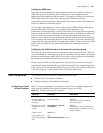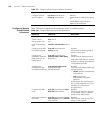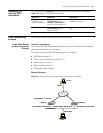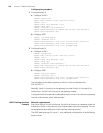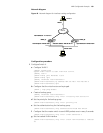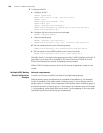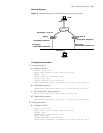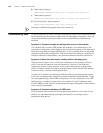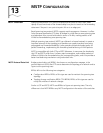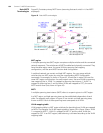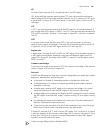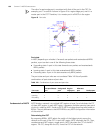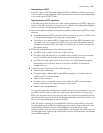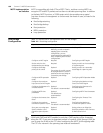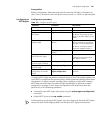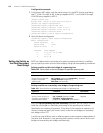
13
MSTP CONFIGURATION
MSTP Overview Spanning tree protocol (STP) cannot enable Ethernet ports to transit their states
rapidly. It costs two times of the forward delay for a port to transit to the forwarding
state even if the port is on a point-to-point link or is an edge port.
Rapid spanning tree protocol (RSTP) supports rapid convergence. However, it suffers
from the same drawback as STP does: all bridges in a LAN share a same spanning tree
and redundant links cannot be blocked in terms of VLANs, making packets of all
VLANs be forwarded along one spanning tree.
Multiple spanning tree protocol (MSTP) can disbranch a looped network to create a
loop-free network of tree topology, and therefore can prevent packets from being
propagated and forwarded endlessly. It also provides multiple redundant paths for
packet forwarding, implementing the forwarding load balancing of VLAN packets.
MSTP is compatible with both STP and RSTP. Moreover, it overcomes the drawbacks
that STP and RSTP suffer from. It allows rapid convergence, and enables packets of
different VLANs to be forwarded along the corresponding paths, and thus provides a
better load balancing mechanism using redundant links.
MSTP Protocol Data Unit Bridge protocol data unit (BPDU), also known as configuration message, is the
protocol data unit (PDU) that STP uses to determine the topology of a network and to
figure out the spanning trees.
BPDUs fall into the following two categories:
■ Configuration BPDUs: BPDUs of this type are used to maintain the spanning tree
topology.
■ Topology change notification BPDU (TCN BPDN): BPDUs of this type are used to
notify the switches of network changes.
Similar to STP and RSTP, MSTP uses BPDUs to figure out spanning trees. The only
difference is that MSTP BPDUs carry MSTP configuration information of the switches.



